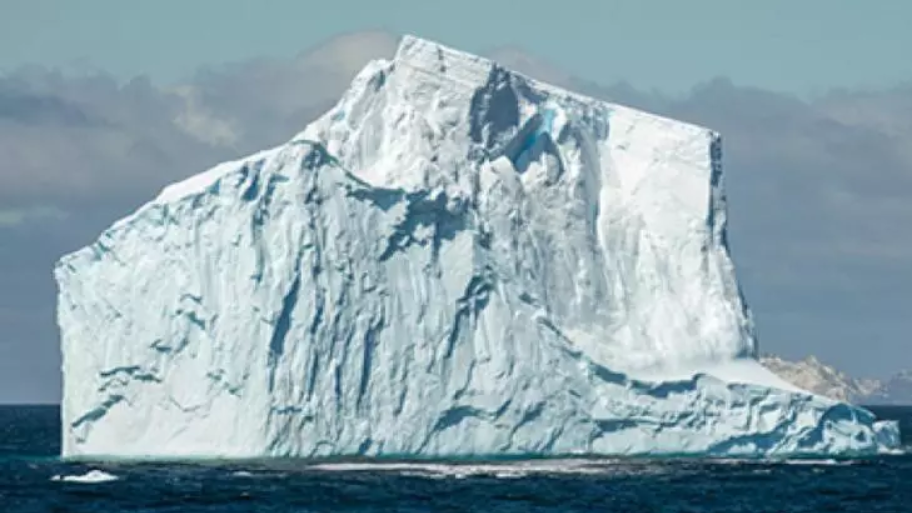The biggest iceberg on Earth, A-68A, has reportedly broken into two pieces, according to a statement by the European Space Agency (ESA). Of the two pieces, the smaller is the size of a city (18 kilometers long) and the other part is massive –135 kilometers long. This incident was captured by the ESA using satellite images.
The breaking of the A-68A iceberg into two pieces has sent alarm bells ringing for the South Georgia Island, a remote island uninhabited by humans in the South Atlantic Ocean, rich with biodiversity, especially a large number of penguins and seals. If the iceberg collides with the South Georgian landmass, it will create havoc for the biodiversity of the island.
But whether the iceberg will collide with the island still remains a matter to be observed. According to Klaus Strubing, who has been studying satellite data to track the iceberg, it might have already been grounded on the land shelf that surrounds South Georgia. His report says that as of December 13, part of the iceberg was in waters as low as 245 feet (76 meters) deep.
The ESA, on the other hand, says that only time will say whether the giant iceberg will stall on the shelf or it will be carried back out to the sea by the complex oceanic currents of the region. If it gets out of the shelf, then chances of its collision with the island will rise.
The A 68A iceberg originated in the Antarctic and it broke away from one of the ice selves of the Antarctica, called the Larsen C. The breaking of the Larsen C ice shelf occurred in July 2017. Ever since, the A 68A iceberg has traveled thousands of kilometers and has continuously heading towards South Georgia. On December 14, the iceberg was found to be at a distance of just 75 miles from the island.
Scientists believe that staying on its current path, the iceberg has a chance to ground in the shallow waters offshore. This will create real problem for the island biodiversity and the seafloor dwelling lives as well. The iceberg is of equal size as the island.
The NASA observatory writes, “The concern is that the iceberg has approached the edge of the island’s submarine shelf—an area where waters become relatively shallow, measuring less than 200 meters deep. Scientists think the iceberg extends about that far below the water line, meaning it has the potential to snag the seafloor and become “grounded.” Biologists worry about the potential effect a grounded iceberg could have on the island’s wildlife, such as the ability for penguins to access food.”
The penguins and the seals have to dive into the sea for their food and if the iceberg grounds near the island, they will be cut off from their foraging routes. Also, the grounding of the massive berg could devastate the lives on the seafloor. Another worrying issue is that if the broken iceberg grounds there, it will stay there for at least 10 years.
Usually most of the icebergs originating from the Antarctica follows the same route the A68A has traveled through, they don’t survive up to South Georgia island. It is the size of A 68A that helped it survive the relatively warm water of the South Atlantic Ocean, where breaking and shrinking of smaller icebergs take place.
The breaking of the Antarctic ice shelf could occur naturally. When an ice shelf breaks, it results in the formation of icebergs. The icebergs then move along and ultimately finishes its journey in the South Atlantic. But, what is worrying is the fact that man made global warming has accelerated the melting of Antarctic ice shelves.
In a study published in Nature in August, it was stated that ice shelves can vanish astonishingly fast due to human induced global warming. The cracks on the ice shelves are fast accumulating meltwaters and accelerating the process of the Antarctic ice shelf breaking and collapsing.





